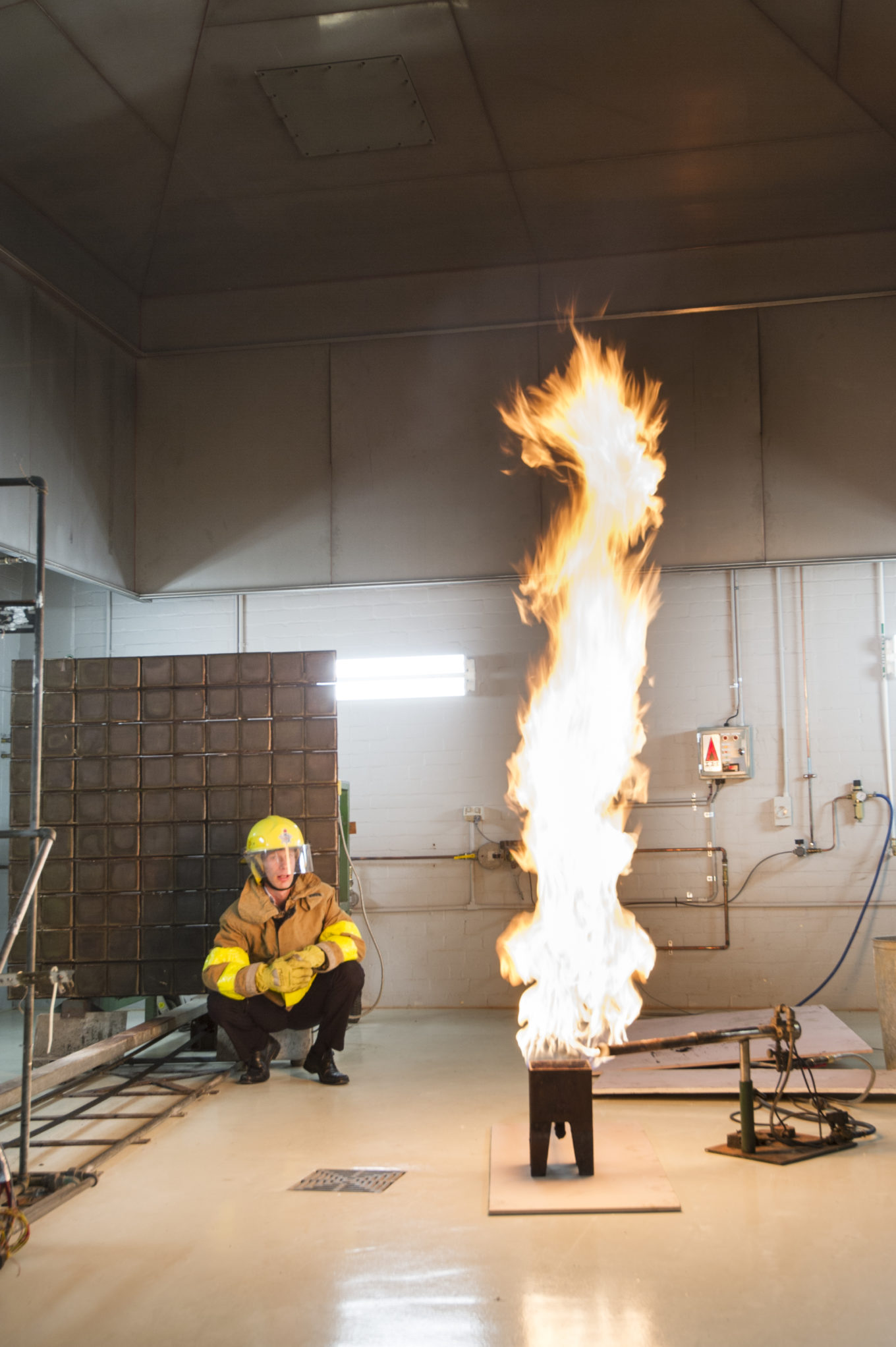The Fire Safety Services Transformation: How It Is Evolving
In today's fast-paced society, the significance of fire safety measures cannot be underestimated. With increasing fire risks resulting from multiple factors such as climate change, outdated infrastructure, and evolving building materials, both home and commercial properties must emphasize fire safety measures. This transformation in fire safety services is not only about adherence with regulations but also about creating a culture of preparedness that can save lives and assets.

As neighborhoods strive to enhance fire safety, understanding the fundamentals becomes crucial. From conducting fire drills and identifying common fire hazards to creating comprehensive fire escape plans, knowledge is essential. The field of fire safety is continuously evolving, with advancements in technology and an emphasis on proactive measures transforming the way we think about protection against fire hazards. In this piece, we will explore the different facets of fire safety, providing you with essential tips to protect your home or business while showcasing the latest developments transforming the industry.
Important Fire Protection Guidelines
To ensure your home and business are safe from fire hazards, it is important to implement some fundamental fire safety steps. Begin by recognizing frequent fire hazards, such as too many electrical connections, flammable materials, and zones with inadequate ventilation. Consistently examine your area to remove these risks. Besides, consider securing your house using fire-resistant materials and adopting flame-resistant landscaping practices around your property.
Having functional smoke alarms is crucial for fire safety. It is suggested to check smoke alarms every month and change batteries no less than once each year. Set up alarms on each level of your house and in every bedroom. Together with smoke alarms, think about the need of fire extinguishers; choose models suited for various fire types, and ensure everyone in your house or establishment understands how to operate them. Consistent training and upkeep will maintain tools available when required.
Formulating an impactful fire exit strategy is key for ensuring safety during an incident. Identify various exit paths from your residence or establishment, ensuring that all occupants is aware how to get to them. Conduct https://www.fire-safety-services.co.uk to rehearse these exit paths so all individuals can act rapidly and tranquilly in a genuine emergency. Preparedness in fire safety is vital for safeguarding lives and limiting possible damage.
Crisis Readiness and Planning
Efficient emergency preparedness and planning are crucial components of fire safety services. Having a well-thought-out fire escape plan is necessary for both families and workplaces. This includes identifying all potential exits, ensuring they are clear and reachable, and conducting scheduled fire drills to familiarize everyone with the procedures. Practicing these drills not only solidifies the escape plan but also builds confidence and minimizes panic during an genuine emergency.
In addition to creating escape plans, recognizing common fire hazards in homes and workplaces is crucial. Many fires stem from avoidable risks such as overloaded electrical outlets, improper storage of flammable materials, or defective heating equipment. Conducting periodic risk assessments can help identify potential hazards and implement necessary safety measures, reducing the likelihood of a fire occurring in the first place.
Lastly, investing in fire safety training for employees is more than just a compliance measure; it enables them with the knowledge to act promptly and efficiently in an emergency. Training should encompass the use of fire extinguishers, the importance of smoke alarms, and the details of fire safety regulations relevant to their settings. By prioritizing preparedness and planning, organizations can more protect their staff, clients, and property from the devastating consequences of fires.
Fire Safety Regulations and Compliance
Understanding fire safety regulations is critical for both businesses and homeowners. These laws change by location and often include mandates set by fire departments, as well as national standards like those from the National Fire Protection Association (NFPA) and Occupational Safety and Health Administration (OSHA). Compliance not only helps prevent fires but also ensures safety and property. It is essential for business owners to familiarize themselves with local building codes and fire safety laws to steer clear of sanctions and ensure a safe environment.
Regular inspection and maintenance of fire safety equipment are crucial for compliance. This includes ensuring that fire extinguishers are operational, smoke alarms are tested frequently, and fire safety systems are checked according to the manufacturer’s instructions. By establishing a regular upkeep schedule and updating extensive logs, businesses can prove they are in line with regulations to regulatory agencies during audits. This proactive approach minimizes the risk of breakdown during an emergency situation.
Failing to adhere to fire safety regulations can lead to grave consequences, including emergencies, legal issues, and rising insurance rates. Businesses that ignore these regulations not only put at risk their staff and customers but also face potential legal liability should an event occur. By valuing fire safety compliance, organizations can cultivate a culture of safety, reduce risks, and ultimately cut expenses on insurance and penalties associated with breaches.